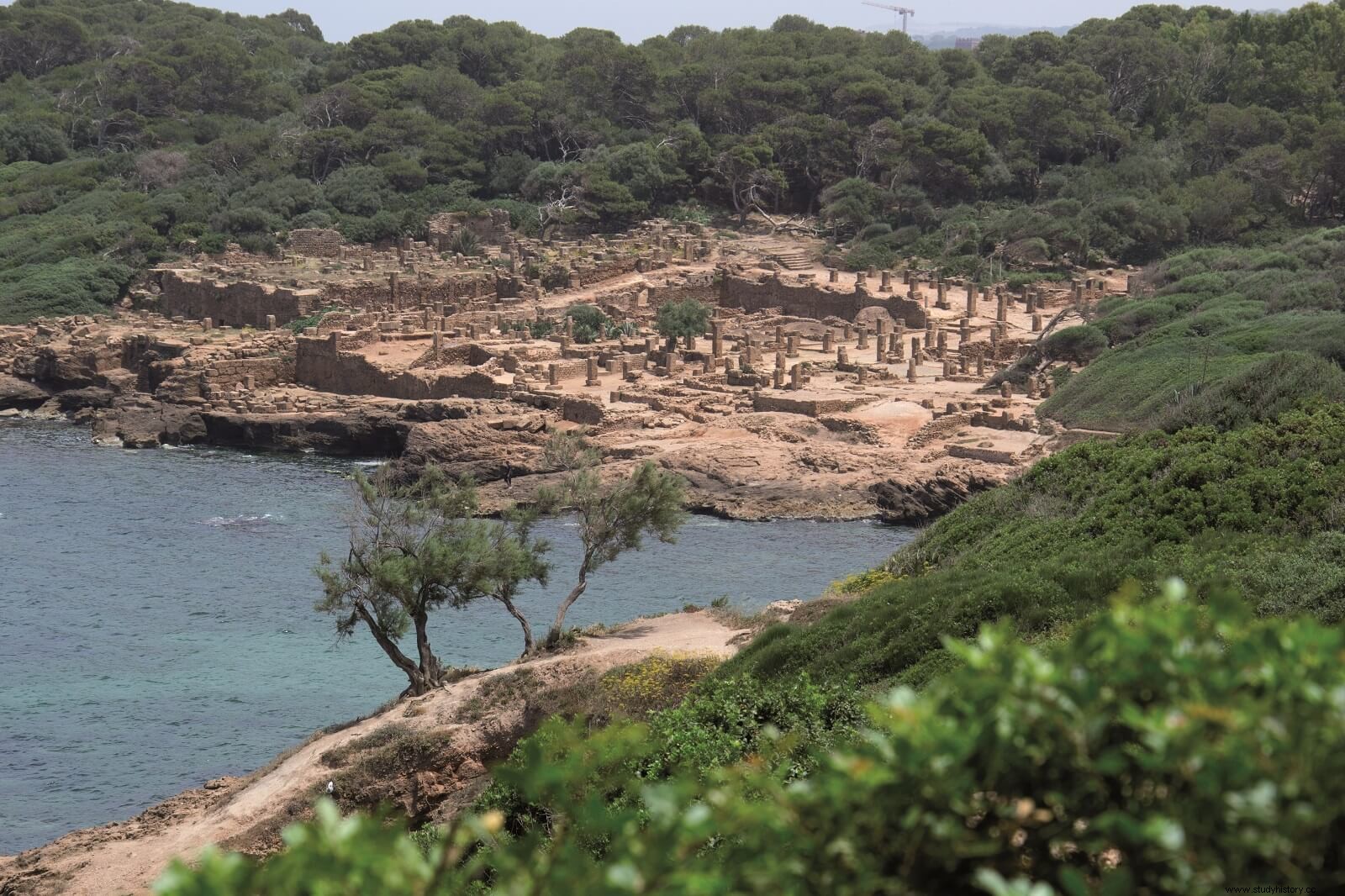
Despite having some of the most monumental and iconic monuments of the Roman Empire, the Mauretania Caesariensis , which occupied the central and western territory of present-day Algeria, is also one of its most unknown provinces. Among its most emblematic enclaves, the Punic, Roman and Byzantine city of Tipasa stands out. , declared a World Heritage Site by UNESCO in 1982. The University of Murcia and the Center Universitaire Morsli Abdellah de Tipaza, supported by the Palarq Foundation and the Ministry of Culture, have been developing a pioneering international collaboration project since the end of 2020 to investigate the exciting historical legacy of this region.
Tipase , from the Punic birth to the Roman flourishing
Today Tipaza is a modest coastal town that partially stands on the ruins from which it takes its name. However, in ancient times, together with the neighboring Caesarea (Cherchell), was a port of the first order. Located 70 km west of Algiers, when the road that connects both cities is traveled, the first thing that the visitor discovers on the horizon is the silhouette of a stone burial mound almost 100 meters high. This is Kbor Roumia , one of the funerary monuments most imposing and best preserved in the western Mediterranean. It has been interpreted as the possible tomb of various Mauritanian kings, including Iuba II and Cleopatra Selene , the only daughter of Cleopatra and Mark Antony. This impressive mass speaks for itself of the strong Hellenization and the archaeological potential of a country located 200 km from the coast of Cartagena.
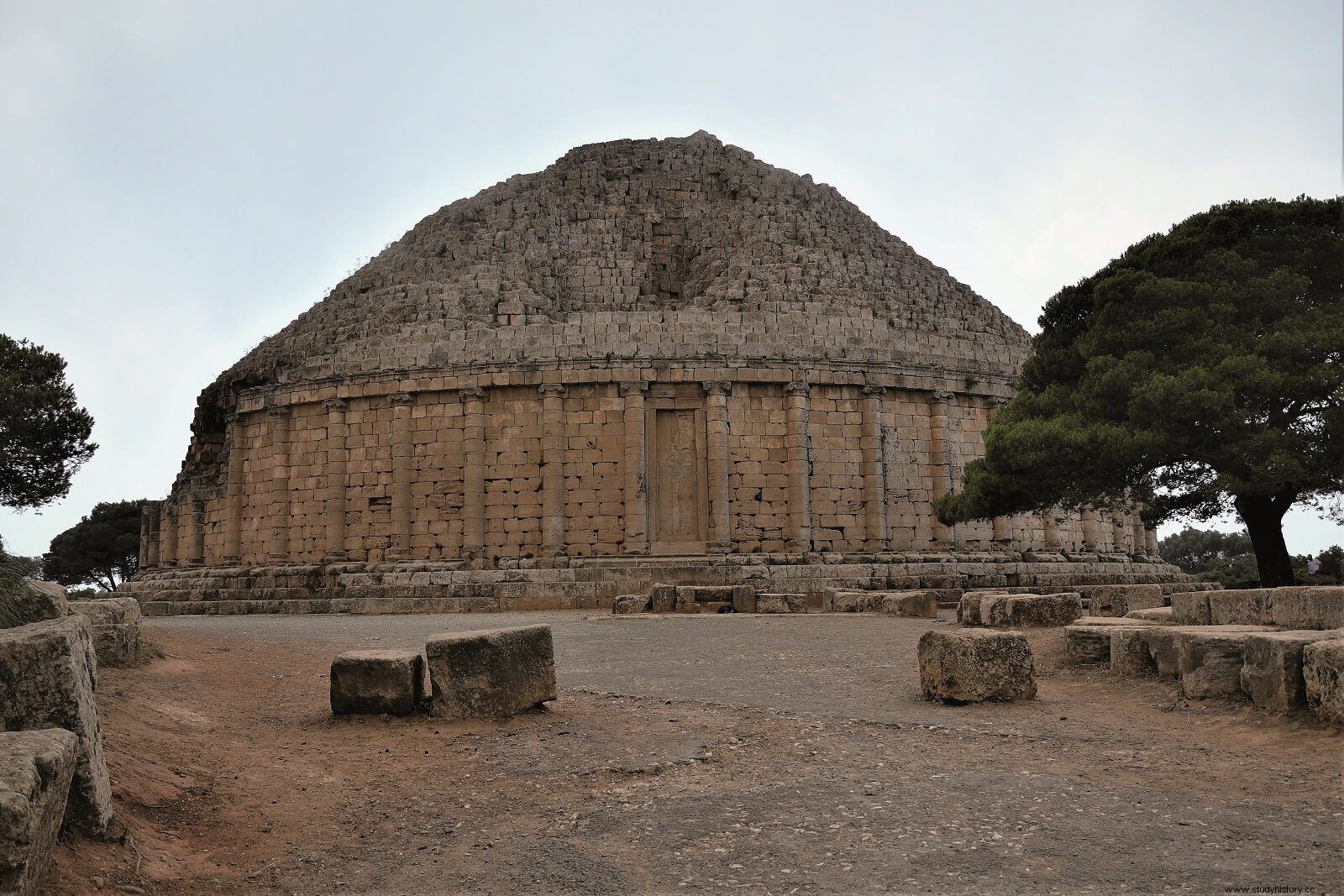
Tipasa It is one of the oldest settlements on the Algerian coast, whose origins date back to the 6th century BC , as a strategic anchorage on the route that ran through North Africa towards the Strait of Gibraltar. It is located at the foot of Mount Chenoua, a natural park that constitutes the most outstanding relief of the coast. It is a 900 m mountain whose silhouette reminds the locals of the profile of a woman. From his Punic stage Tipasa It has preserved various necropolises, some of them excavated in the rock, such as the one that currently presides over the fishing dock. The local archaeological museum houses a large part of the grave goods found during the excavations of the first half of the 20th century. Imported ceramics reveal a direct contact with the central Mediterranean and especially with the surroundings of Carthago .
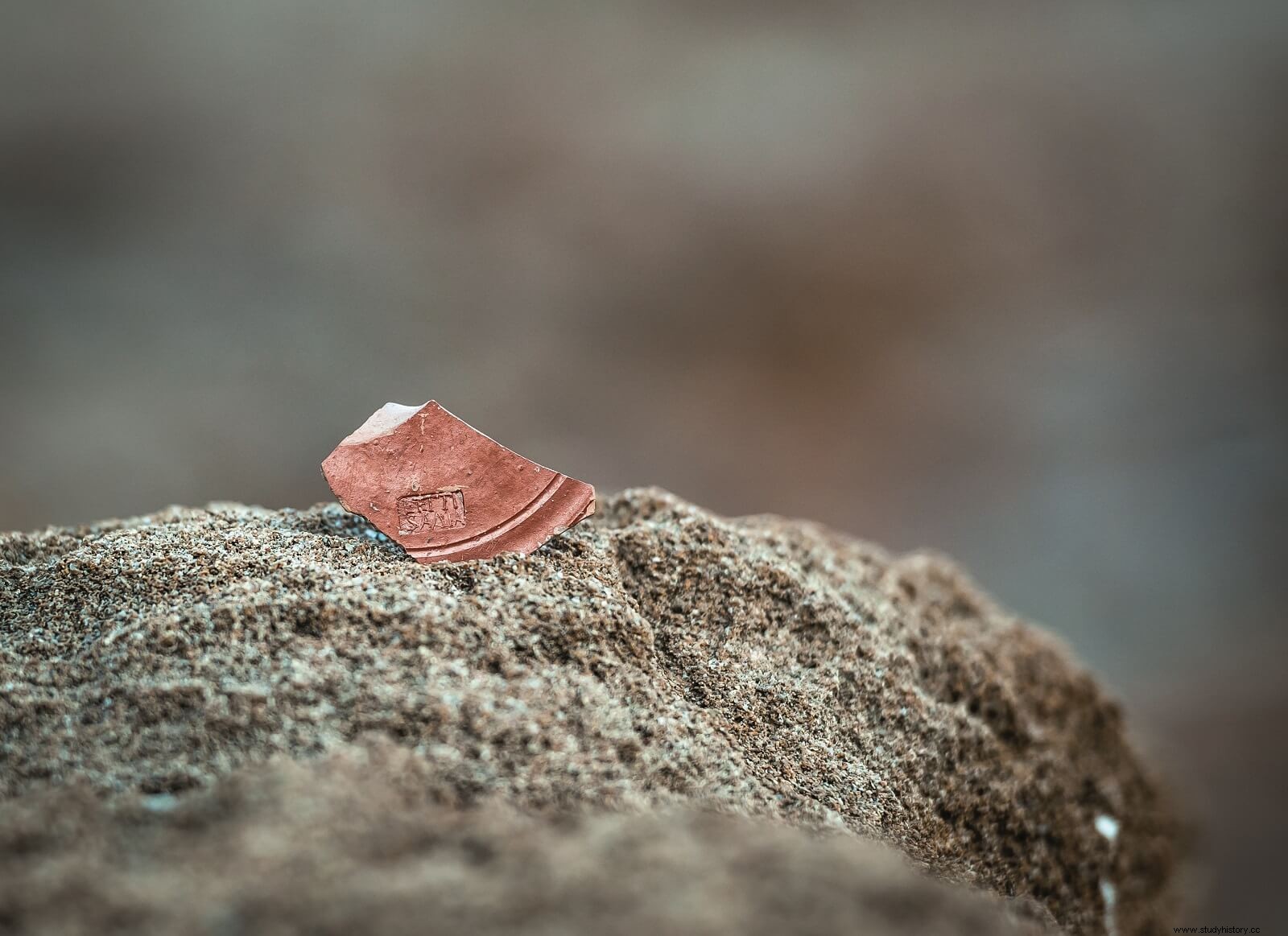
After the annexation of Caesarian to the Empire during the government of Claudius, the city received the title of municipium and began rapid growth. In the 2nd century it would reach colonial rank under Hadrian , with the name of Colonia Aelia Augusta Tipasensium , building a powerful wall equipped with several monumental gates. Tipase It had outstanding public buildings located in front of the sea:the forum, in the upper part of the city, theater, amphitheater, various temples... Even a nymphaeum, a monumental fountain whose colonnade is still standing today. Various dwellings richly decorated with mosaics and parietal painting are also known, such as the Domus fresh, as well as facilities for the production of salted fish. Unlike other systematically excavated ancient cities in Algeria such as Timgad, a large part of the site is covered by dunes and vegetation, waiting to be investigated.
Late Antiquity and Christianity in Tipasa
In the late stage Tipasa successfully emerged from a siege led by Prince Firmus, who rebelled against the power of Rome (375 AD) and between the s. IV-V AD reached its maximum splendor , as illustrated by the construction of various basilicas, among which is the largest Christian building in Roman Algeria. Of the many that have been preserved, the one dedicated to Santa Salsa stands out above all. , a local martyr lynched by the mob for throwing a pagan statuette into the sea. Her veneration for her remains made a large part of the population want to be buried as close as possible to them. As a result of this phenomenon, hundreds of stone sarcophagi with Christian iconography surround the basilica. which, currently invaded by vegetation, make the complex one of the most evocative images of Mediterranean Archaeology.
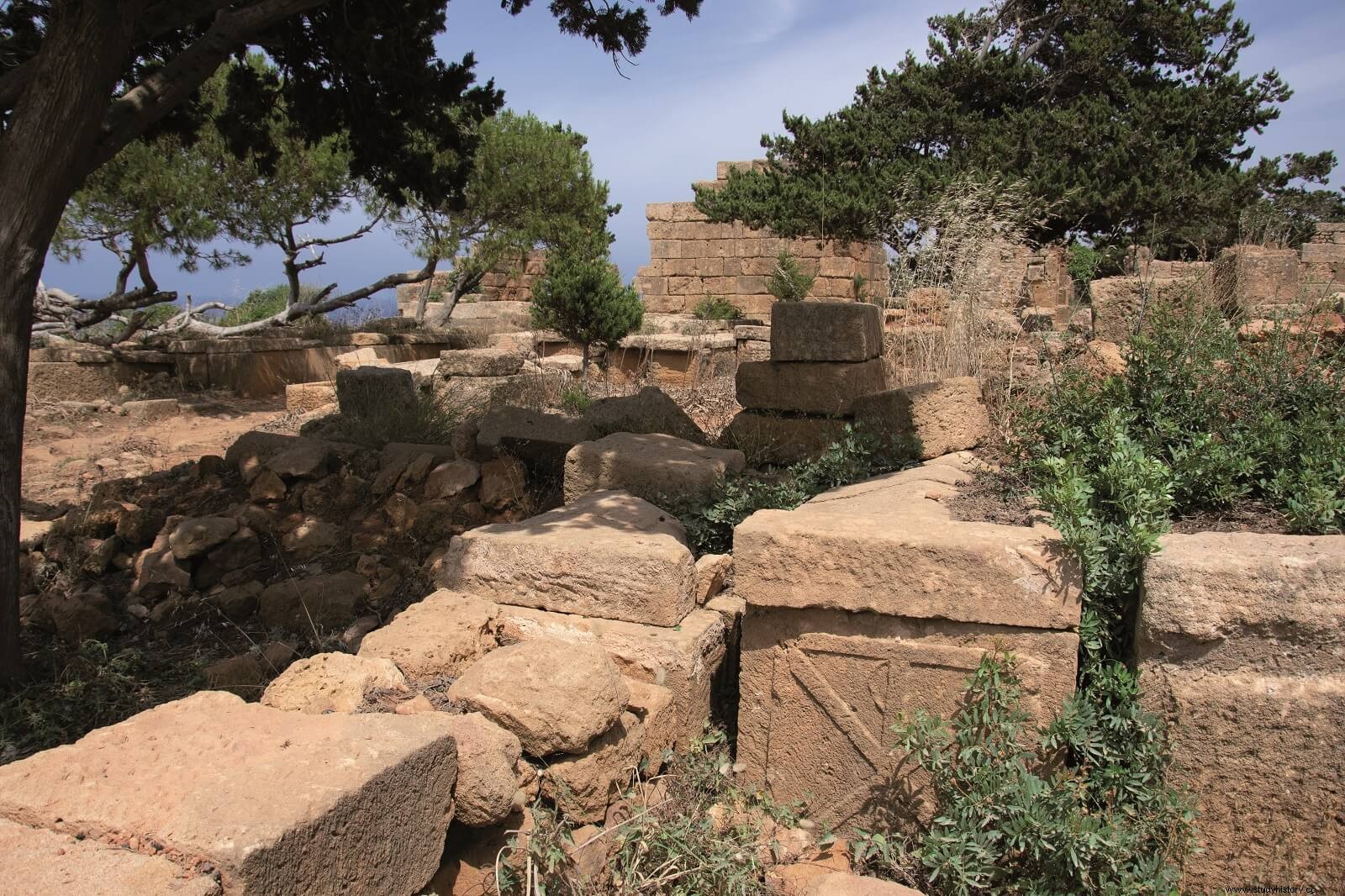
The number of graves is such that sometimes , when the visitor tries to get closer, he has to literally walk on them. The vast majority were excavated during the 20th century and many preserved mosaic remains, especially the mensae , structures covered with mortar designed to hold banquets in honor of the deceased, as recalled by an exceptional piece with Christian iconography preserved in the National Museum of Antiquities in Algiers. Other parts of the city have interesting late necropolises, such as the one organized, in the eastern area, around the chapel of Bishop Alejandro. This type of occupation will last until the end of the 5th century when, according to tradition, the persecutions of the Vandals they will make the Catholics of Tipasa flee , to Hispania .
From Late Antiquity the city seems to begin a slow decline, without its Byzantine stage being known in detail . With the arrival of the Arabs it will be definitively abandoned and the site will fall into oblivion, moving the main axis of power in the territory towards neighboring Cherchell. In fact, the modern Tipaza, developed in the s. XIX during the French colonization, it occupies a minimal part of the old urban nucleus, which came to exceed 60 hectares in size. Currently, a large part of the streets through which traffic circulates are inside the old Roman walls.
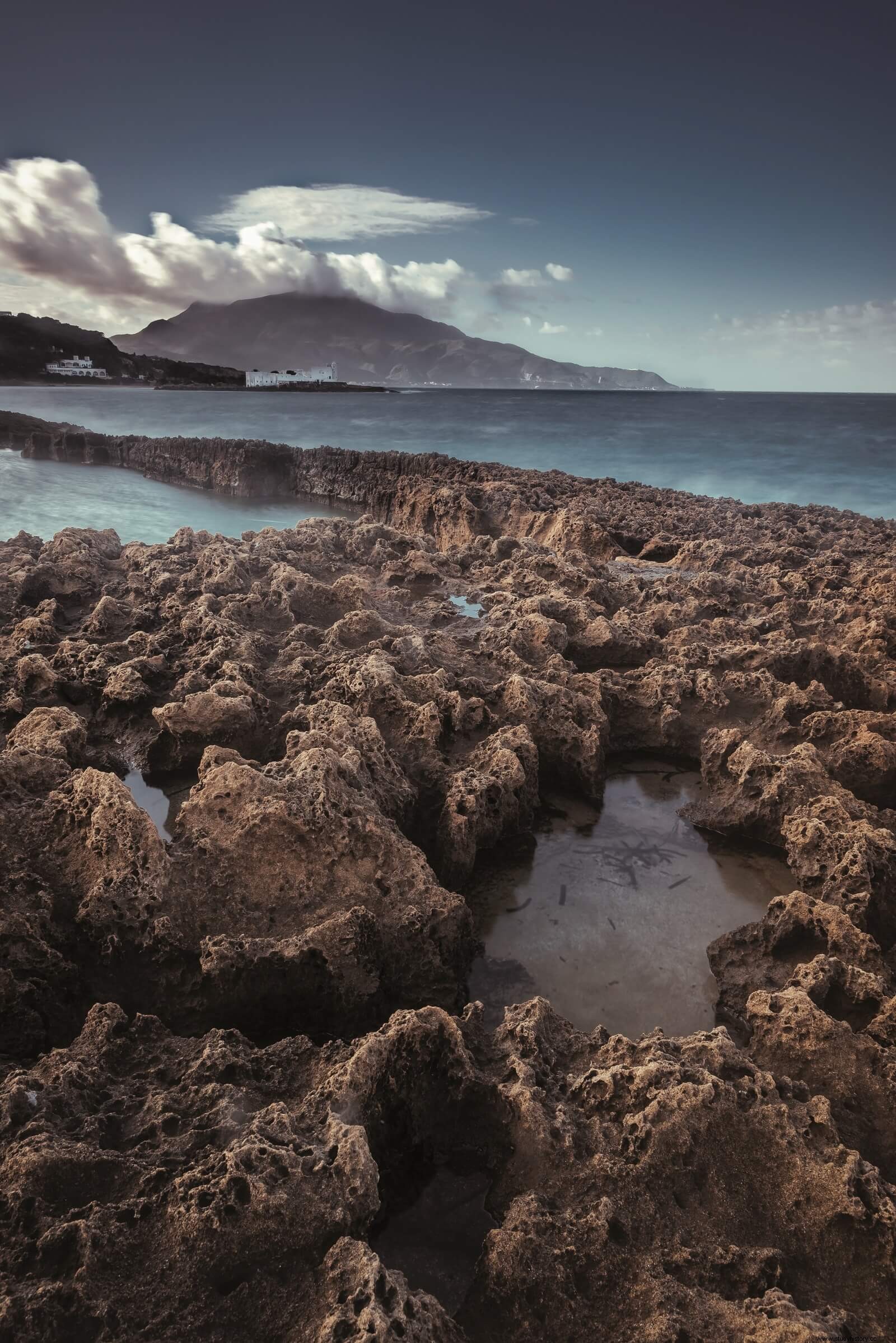
World Heritage in danger
Despite having one of the most extraordinary archaeological complexes in the Maghreb, the coastal region of Tipaza has not been the subject of an exhaustive research program. Not only is the density of occupation in its surroundings unknown, whose fertile fields must have contained multiple farms and villas, but the facilities linked to activities that are assumed to be important in the local economic system are scarce. This is the case of the pools related to the manufacture of salted fish, hardly known, a fact that is surprising in a territory turned to the sea and where the exploitation of these resources had to be much greater. The same happens with the pottery intended to supply a city as large as Tipasa and especially with the production of amphorae for the sale of food by sea.

Added to this scientific gap is the threat of development uncontrolled urban development, which has caused that since 2002 UNESCO has included the site in the list of World Heritage in danger . In order to reverse this situation and explore the strong links that existed in ancient times with the Iberian Peninsula, a Spanish-Algerian team led by researchers Alejandro Quevedo (iArqUM Research Group, University of Murcia) and Rafik Khellaf (Centre Universitaire Morsli Abdellah de Tipaza) leads the Hispanic-Algerian Archaeological Mission in Tipasa:exploring the ancient territory of an African World Heritage City financed by the Palarq Foundation and the TIPASA project. Occupation, production and relations of interdependence in the territory of an African city during Antiquity (T002020N0000045517, financed by the Ministry of Culture of the Government of Spain).
